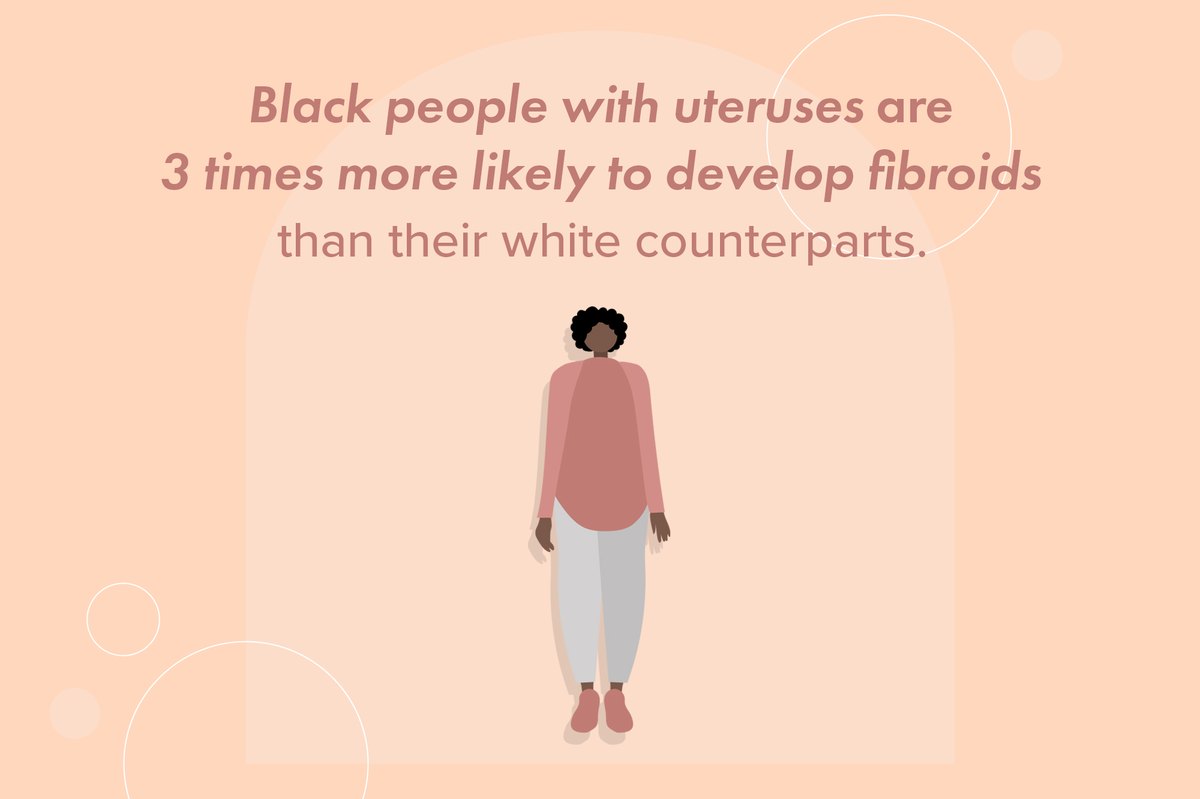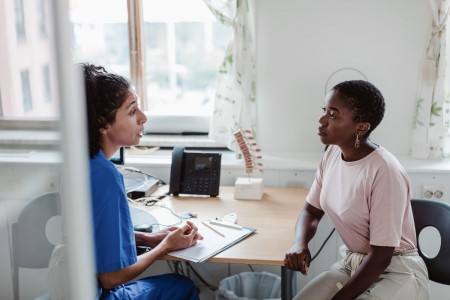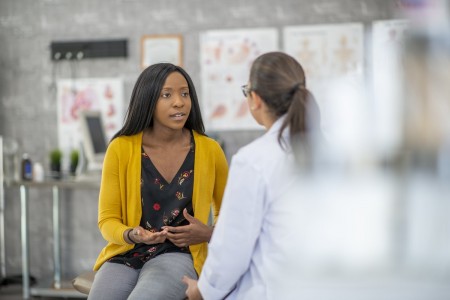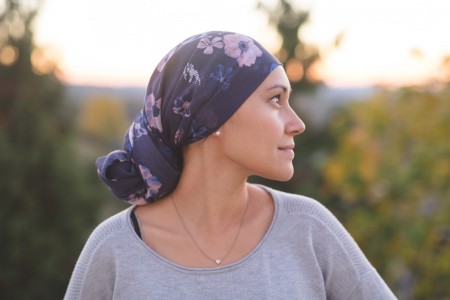
Advertisements
Any kind of unexpected diagnosis can feel like a cause for concern. But if you've been recently diagnosed with uterine fibroids, you can probably breathe a sigh of relief.
Video of the Day
Fibroids are small growths on the uterus. They're extremely common and usually don't cause any complications to your health, according to Johns Hopkins Medicine. Although the cause of fibroids is still unknown, they don't increase your risk of developing uterine cancer and generally go away on their own.
Here are more fibroid stats to help ease your nerves and show you the bigger picture.
Global Uterine Fibroid Statistics
Uterine fibroids are a common diagnosis across the world, especially in middle age. However, the actual global numbers are probably higher than what's reported because most fibroids are too small to be detected by a doctor during a physical exam, according to Johns Hopkins Medicine.
By Country
Here's how many people ages 40 to 49 have been diagnosed with fibroids in different parts of the world, according to a March 2012 study in BMC Women's Health:
- United Kingdom: 4.5%
- France: 4.6%
- Canada: 5.5%
- USA: 6.9%
- Brazil: 7%
- Germany: 8%
- Korea: 9%
- Italy: 9.8%
The percentage of people across the globe with uterine fibroids who also underwent a hysterectomy, per the above-mentioned study.
Advertisements
- USA: 4.3%
- Canada: 3.4%
- United Kingdom: 2.2%
- Brazil: 1.8%
- Germany: 1.7%
- Korea: 0.8%
- France: 0.5%
- Italy: 0.3%
Uterine Fibroids in Africa
- After reviewing 4,536 case files in Nigeria, researchers of a 2014 study in the International Journal of Basic, Applied and Innovative Research found that about 20% of people identified as women had fibroids.
- 67% were between ages 26 and 35, while only 30% were over 35 and 3% were under 26
- Fibroids are the cause behind about 13% of gynecological visits in Ilorin, Nigeria, according to a smaller January 2002 study in the Nigerian Journal of Medicine.
- After observing 656 people with uteruses in Ghana, researchers of a May 2019 study in Obstetrics & Gynecology found that approximately 27% had fibroids. About 78% of these people underwent surgery.
Uterine Fibroids Prevalence in the U.S.
Not all people with uteruses have (or ever develop) fibroids, but these growths are found in up to 80 percent of people AFAB in the U.S. by age 50, according to American Family Physician (AFP). But only about 20 to 50% of people with fibroids actually experience symptoms such as heavy menstrual bleeding, pelvic pain and long periods.
Here are a few other stats specific to the U.S.:
- People AFAB ages 50 to 54 have the highest prevalence of diagnosed fibroids at 15.9%, according to a December 2018 study in the American Journal of Obstetrics and Gynecology.
- Fibroids account for about 39% of all annual hysterectomies in the U.S., according to AFP.
- Around 11 million people assigned female at birth (AFAB) in the U.S. (that's about 9% of all people AFAB) were living with fibroids in 2018, according to a November 2018 study in the Journal of Women's Health.
- About 3.7 million people who are not diagnosed experience moderate to severe fibroid-like symptoms, which may indicate they're also affected.
- About 33% of people AFAB who are at risk for fibroids are Hispanic and generally experience more severe symptoms than white or Black women.
Related Reading
The Best and Worst Foods for Fibroids
Uterine Fibroid Demographics

Advertisements
Most people who have fibroids are middle-aged, and the likelihood of developing uterine growths increases significantly between ages 35 and 50. Black people are more likely to be diagnosed with fibroids than white people.
Stats by Age Group
- Fibroids are most common in people in their 40s and 50s, according to the U.S. Department of Health & Human Services' Office on Women's Health.
- About 40% of white people AFAB develop fibroids by age 35, increasing to 70% by age 50, according to the March 2012 study in BMC Women's Health.
- About 60% of Black people AFAB develop fibroids by age 35. That number increases to more than 80% by age 50.
Stats by Race and Ethnicity
- People of color are diagnosed with fibroids three times more often than white people, according to Michigan Medicine.
- About 25% of all Black people AFAB have fibroids between ages 18 and 30. Only about 6% of white people AFAB have fibroids in this age group.
- Black people AFAB are 2 to 3 times more likely to experience recurrent fibroids and associated health issues.
- About 18.5% of Black people AFAB have fibroids and have a higher uterine fibroid prevalence than any other racial or ethnic group, according to the December 2018 study in the American Journal of Obstetrics and Gynecology.
Related Reading
- What Exercises Help Shrink Fibroids?
- Which Yoga Exercise Helps to Shrink Uterine Fibroids?
Uterine Fibroid Health Statistics
Luckily, very few diagnosed fibroids are actually cancerous, and most don't need any kind of medical intervention or surgical procedure.
- Only about 1 in 1,000 fibroids (that's 0.1%) are cancerous, according to the USA Fibroid Centers.
- Only about 1 in 10,000 fibroid cases develops into sarcoma, which is an uncommon cancer, according to the UNC School of Medicine.
- About $9.4 billion is spent annually on fibroid-related medical intervention, according to a December 2017 review in Management of Uterine Fibroids.
- For those with four or fewer fibroids, the chance of regrowth after a myomectomy (surgery to remove fibroids) is only about 10% in the first five years post-surgery, per the UNC School of Medicine.






